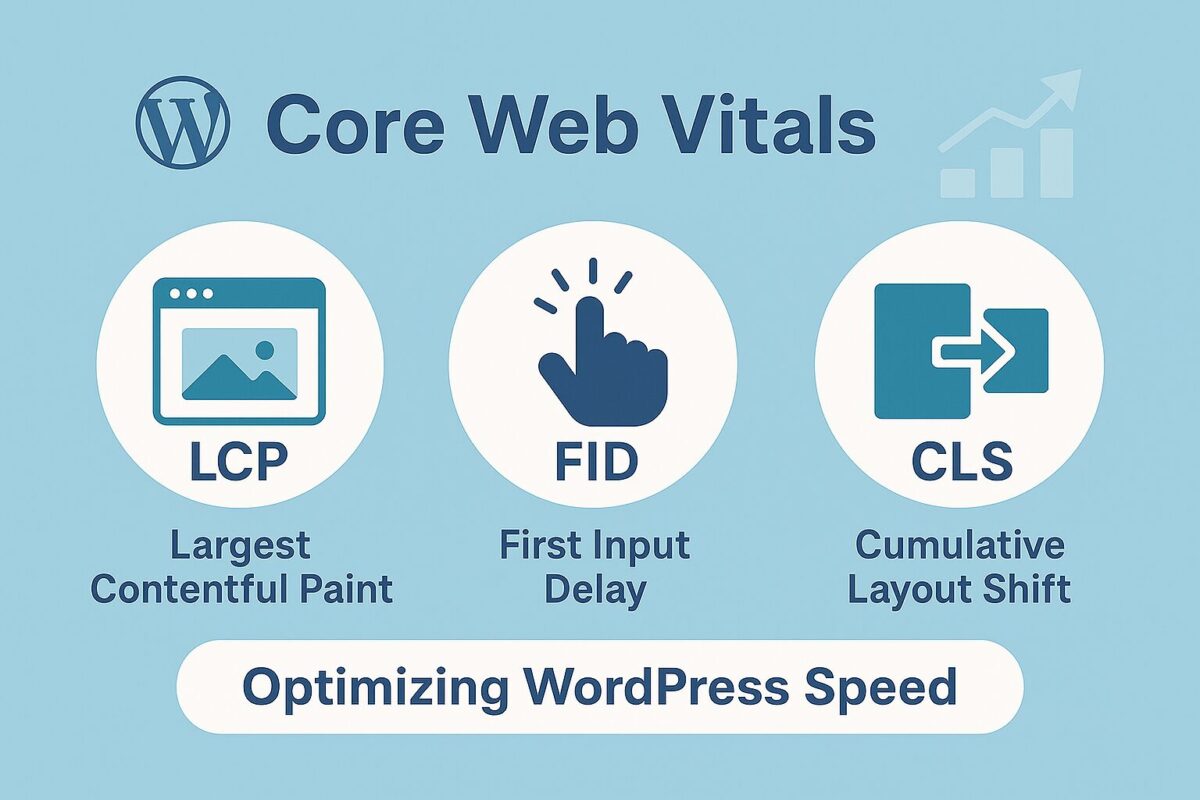Understanding Core Web Vitals: How to Pass Google’s Speed Test

What Are Core Web Vitals?
Google defines three key metrics that form the Core Web Vitals:
- Largest Contentful Paint (LCP) – Measures loading performance. It should occur within 2.5 seconds of page load.
- First Input Delay (FID) – Measures interactivity. Pages should have an FID of less than 100 milliseconds.
- Cumulative Layout Shift (CLS) – Measures visual stability. Pages should maintain a CLS of less than 0.1.
These metrics are designed to ensure a page loads quickly, responds fast to user input, and doesn’t shift content unexpectedly.
Why Core Web Vitals Matter for SEO
Since the Page Experience Update, Core Web Vitals have become a confirmed ranking factor in Google’s algorithm. Sites that meet or exceed these benchmarks are more likely to rank higher, offer better user experiences, and increase engagement and conversion rates.
Failing Core Web Vitals can negatively impact SEO, even if your content is high quality. Speed and usability are now non-negotiable for success online.
How to Measure Core Web Vitals
You can check your Core Web Vitals performance using tools like:
- Google PageSpeed Insights
- Google Search Console (Core Web Vitals Report)
- Chrome Lighthouse (Built into Chrome DevTools)
- WebPageTest.org
Focus on your site’s real-world data (“field data”) instead of lab simulations whenever possible.
Practical Tips to Pass Core Web Vitals
Improve Largest Contentful Paint (LCP)
- Optimize and compress large images.
- Use fast hosting and server-side caching.
- Implement critical CSS loading and defer non-critical CSS/JS.
Reduce First Input Delay (FID)
- Minimize JavaScript execution time.
- Break up long JavaScript tasks into smaller pieces.
- Use lightweight themes and limit heavy plugins.
Minimize Cumulative Layout Shift (CLS)
- Always define width and height for images and embeds.
- Avoid inserting content above existing content (e.g., ads, banners).
- Preload fonts to avoid layout shifting.
Common Mistakes to Avoid
- Using unoptimized themes packed with unnecessary features.
- Overloading the page with large videos and auto-playing ads.
- Delaying important scripts with poor loading strategies.
Even small mistakes can cause your site to fail Core Web Vitals, so regular monitoring and updates are crucial.
Take the Next Step
Understanding Core Web Vitals is the first step. Implementing speed best practices is the second. Request a free WordPress Speed Audit from SpeedWP Pro and start optimizing your site for better rankings, user satisfaction, and conversions!
